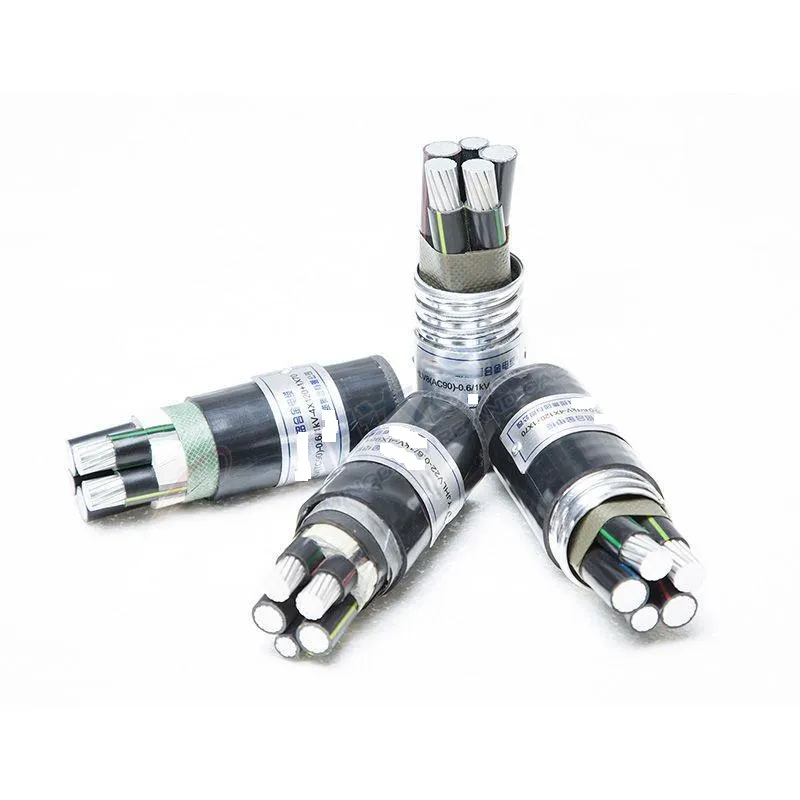Dec . 20, 2024 05:52 Back to list
socket end resilinet seat gate valve
Understanding Socket End Resilient Seat Gate Valves A Comprehensive Guide
When it comes to fluid control systems in various industries, valves play a crucial role in regulating flow and maintaining pressure within pipelines. Among the various types of valves available, the socket end resilient seat gate valve stands out due to its unique design and functionality. This article explores the characteristics, advantages, applications, and maintenance of socket end resilient seat gate valves.
What is a Socket End Resilient Seat Gate Valve?
A socket end resilient seat gate valve is a type of gate valve that utilizes a resilient (or rubber-like) seat to ensure zero leakage when in the closed position. The valve features a socket end connection, which simplifies installation by allowing it to be easily connected to pipes. The primary function of this valve is to either permit or obstruct the flow of fluid, making it an essential component in various piping systems.
Characteristics of Socket End Resilient Seat Gate Valves
1. Design and Construction These valves are typically constructed from high-quality materials like ductile iron or stainless steel, offering durability and resistance to corrosion. The resilient seat is often made from elastomers such as EPDM or NBR, providing excellent sealing capabilities.
2. Socket End Connection The socket end design permits easy installation by allowing the valve to be directly inserted into a pipe, eliminating the need for additional fittings. This connection type also ensures a more compact design, making it suitable for spaces where conventional flanged valves may not fit.
3. Operational Efficiency Socket end resilient seat gate valves are designed for quick operation. They open and close by lifting or lowering the gate, providing a straightforward mechanism that allows for an immediate stop or start of fluid flow.
Advantages of Socket End Resilient Seat Gate Valves
1. Leakage Prevention The primary advantage of these valves is their reliability in preventing leakage. The resilient seat forms a tight seal, which is crucial in applications where even minor leaks can lead to significant losses or hazards.
2. Low Maintenance Requirements Given their robust construction and effective sealing capabilities, these valves often require minimal maintenance. This is especially beneficial in industrial settings where downtime can be costly.
socket end resilinet seat gate valve

3. Versatility Socket end resilient seat gate valves can handle a wide range of fluids, including water, oil, and gas. This versatility makes them suitable for various applications, from municipal water systems to industrial processes.
4. Cost-Effectiveness Their straightforward design not only reduces installation costs but also contributes to lower lifetime maintenance expenses. This makes them a cost-effective choice for both new installations and system upgrades.
Applications of Socket End Resilient Seat Gate Valves
These valves find extensive usage across multiple sectors due to their reliability and performance. Common applications include
- Water Supply Systems They are widely used in municipal water distribution systems to control the flow of potable water. - Irrigation Systems Farmers and agricultural professionals utilize these valves to manage water delivery in irrigation systems effectively. - Wastewater Management In sewage and wastewater treatment plants, these valves help regulate the flow of contaminants, ensuring efficient processing. - Industrial Processes Many chemical and manufacturing plants utilize socket end resilient seat gate valves for controlling the flow of raw materials and finished products.
Maintenance Considerations
While socket end resilient seat gate valves are designed to be durable and low maintenance, regular inspection and maintenance are essential to ensure optimal performance. Key maintenance activities include
1. Routine Inspections Periodic checks for signs of wear, corrosion, or damage can help identify potential issues before they escalate. 2. Lubrication Ensuring that moving parts are adequately lubricated can prolong the life of the valve and improve its functionality. 3. Testing Regular testing of the valve's sealing capabilities can help ascertain that it maintains a proper seal.
Conclusion
In summary, socket end resilient seat gate valves represent an effective solution for fluid control across a multitude of applications. Their durable construction, low maintenance requirements, and excellent leakage prevention capabilities make them a preferred choice in both industrial and municipal settings. Understanding their functionality and application is essential for professionals in the field, allowing them to make informed decisions for their specific fluid management needs.
Share
-
Reliable Wafer Type Butterfly Valves for Every IndustryNewsJul.25,2025
-
Reliable Flow Control Begins with the Right Ball Check ValveNewsJul.25,2025
-
Precision Flow Control Starts with Quality ValvesNewsJul.25,2025
-
Industrial Flow Control ReliabilityNewsJul.25,2025
-
Engineered for Efficiency Gate Valves That Power Industrial PerformanceNewsJul.25,2025
-
Empowering Infrastructure Through Quality ManufacturingNewsJul.25,2025